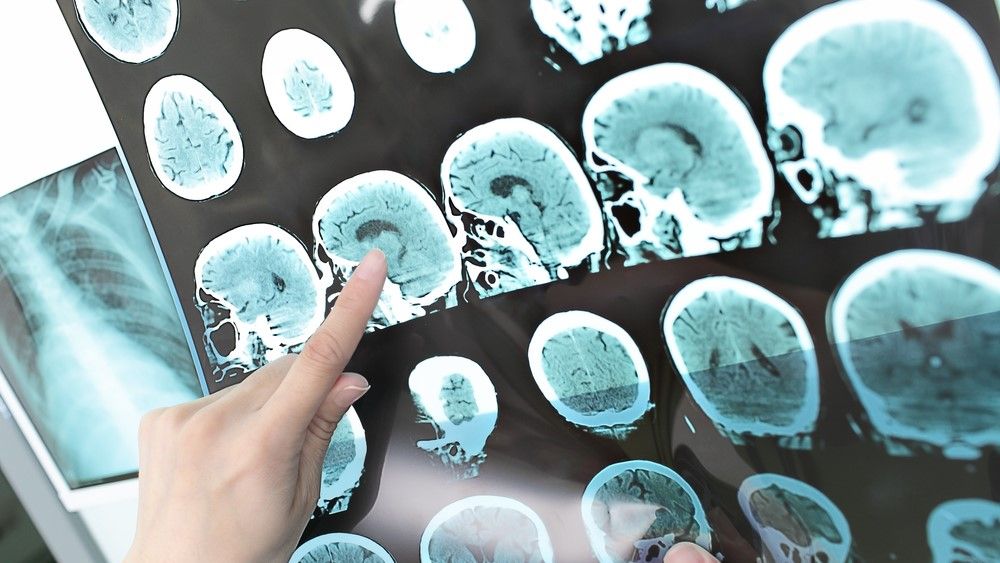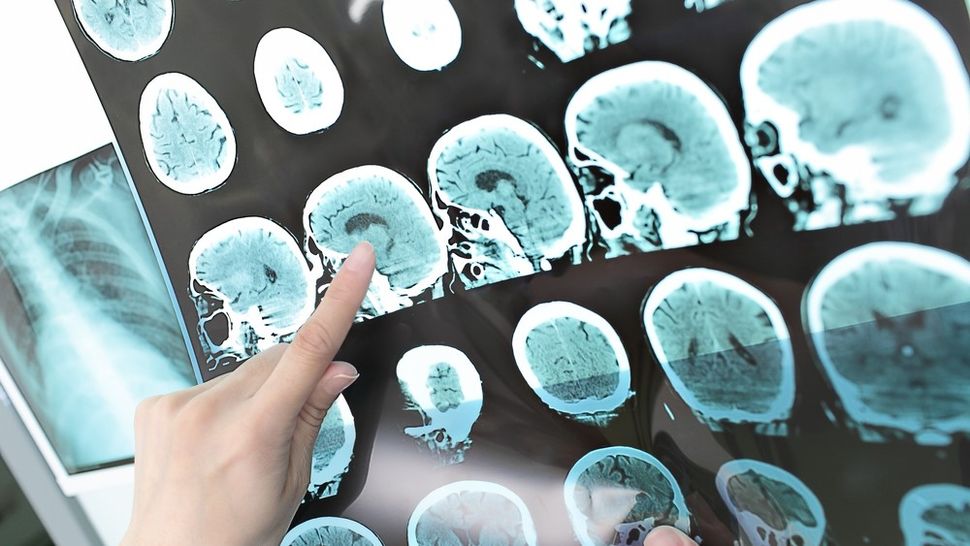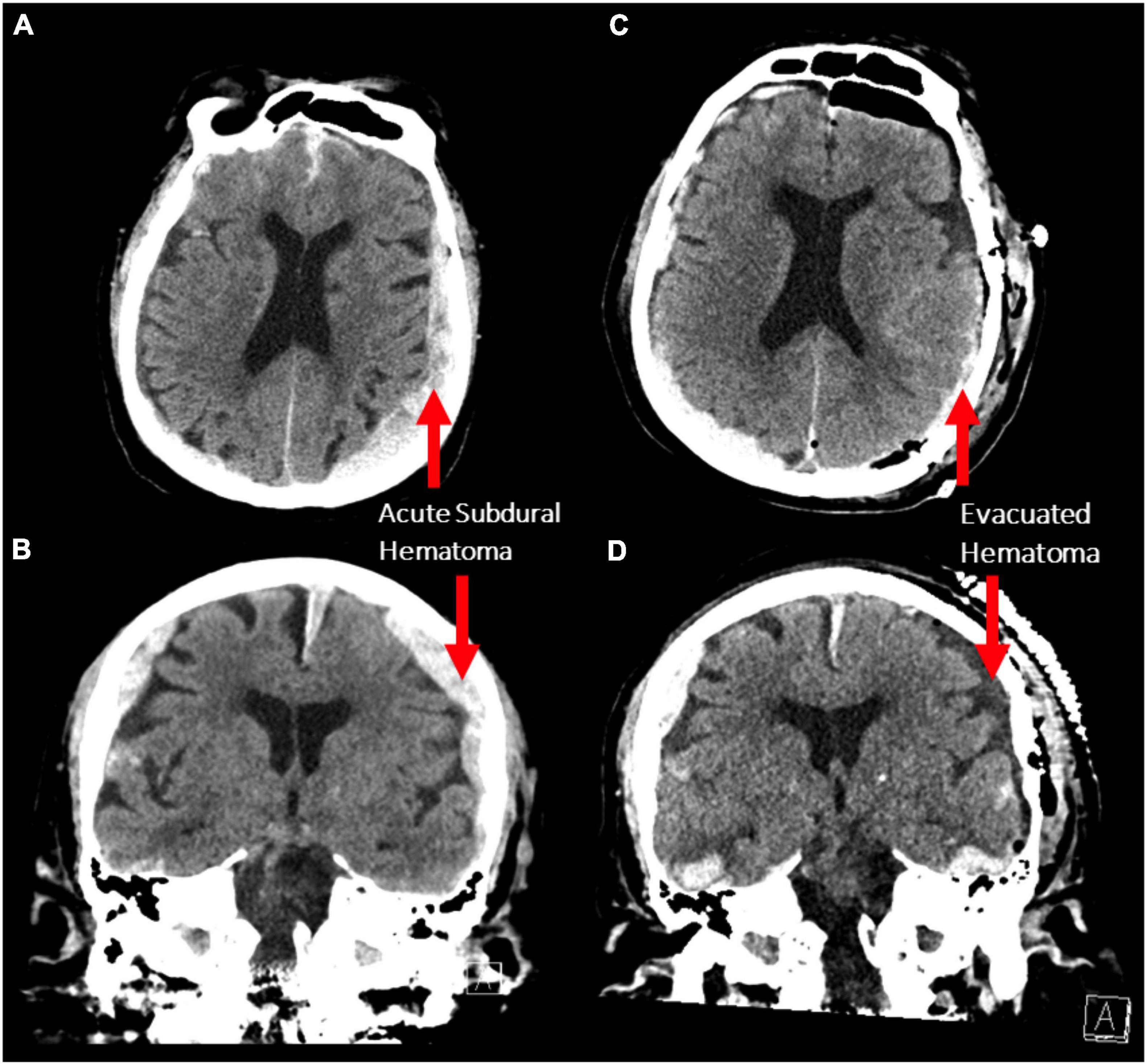I blame cellphones and shorter attention spans. I kid but it has merit.
Could be all the chemicals put in food nowadays as well.
Could be all the chemicals put in food nowadays as well.



"Experiments in rats have shown that the rodents also experience similar levels of gamma oscillations around the time of death, according to the statement."Very interesting.

First-ever scan of a dying human brain reveals life may actually 'flash before your eyes'
The accidental finding was made when a man suddenly died during a routine brain scan.www.livescience.com
Interesting.Very interesting.

First-ever scan of a dying human brain reveals life may actually 'flash before your eyes'
The accidental finding was made when a man suddenly died during a routine brain scan.www.livescience.com


They could simply cut the patient's head and make it pass vertically in this donut-like machine, it would give a, hm, sharper image.CT scanners can (unlike MRI) only obtain cross section images. So, how come we also see frontal sections (B and D)? Well, if there are enough thin cross sections, other sections (and 3D models) can be reconstructed. In image D you can clearly see evidence of this procedure in the jagged contour in the upper right part of the image (upper left of the patient's brain).
As many as we want.They could simply cut the patient's head and make it pass vertically in this donut-like machine, it would give a, hm, sharper image.
More seriously though, I'm impressed that they have enough resolution to reconstruct the image that way, I had no idea they did that (because I hadn't thought about the practicalities). Are there so many sections?




.jpeg)
